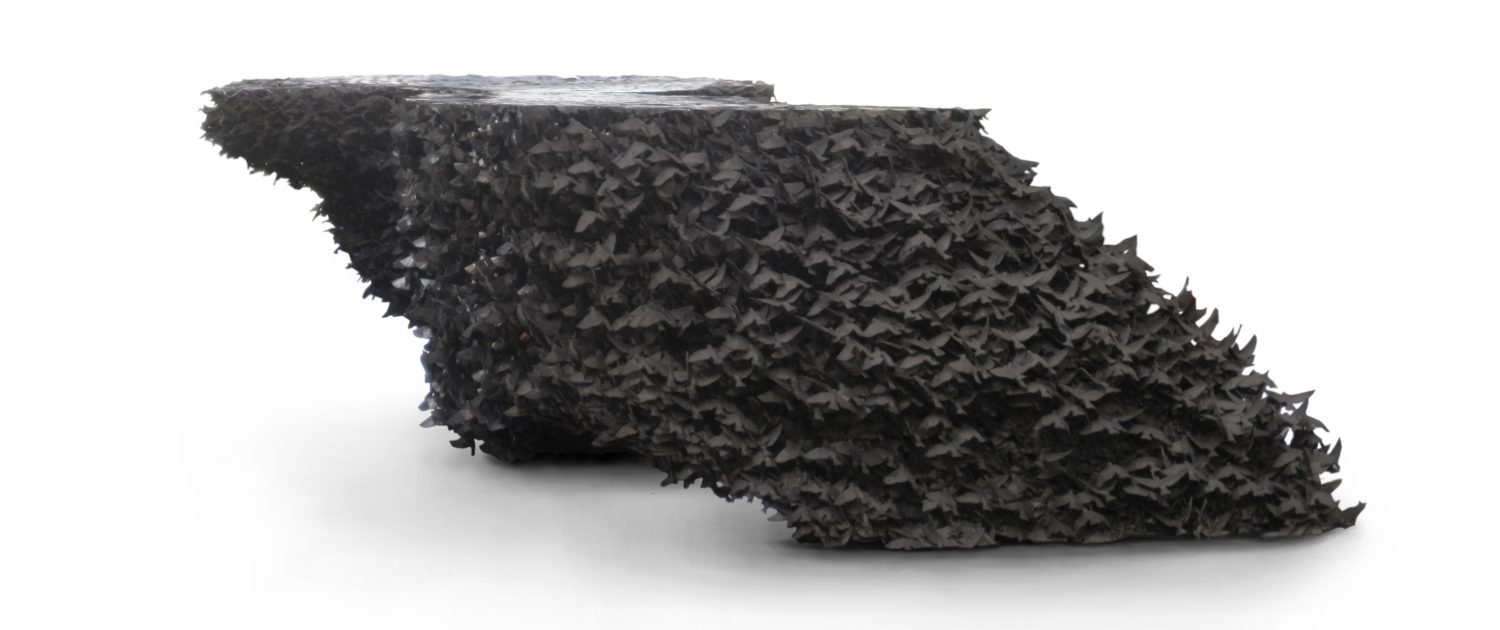A decade ago, many designers were making chairs, couches and all manner of furniture using 3D printing. These were statement pieces. Star designers planting their 3D printed tree to showcase the coming new frontier. Subsequently, lesser-known figures started experimenting with generatively designed desks, bioinspired tables, algorithms that made lamps, and lots and lots of fractals.
.
Fractal designs were everywhere. More mandelbrot than sense, people pressed ahead. Funnily enough, given the huge canvas of possibilities open to us, everything started to look the same. It was as if we were working on a collective collection of 3D-printed work. Thousands of designers the world over were diligently making things as if they were by one hand. Many things were in polyamide (PA12) and sintered mostly produced through services. Other items were stereolithography and finished by hand. In a later period, people started to embrace the 3D printed esthetic. The powdery denim-like surface of sintered work or the visible stepped lines of SLA or FDM became hallmarks of contemporary thinking. Then people turned to homemade material extrusion printers. The next step was to experiment with self-designed processes. Then, processes focused on cradle-to-cradle, design-to-rubbish-and-back were all the rage. New materials and novel concepts […]
Case Study: How PepsiCo achieved 96% cost savings on tooling with 3D Printing Technology
Above: PepsiCo food, snack, and beverage product line-up/Source: PepsiCo PepsiCo turned to tooling with 3D printing...





0 Comments